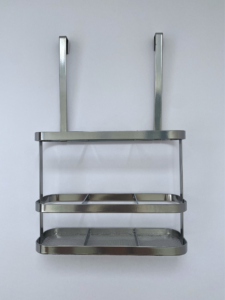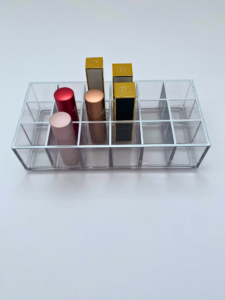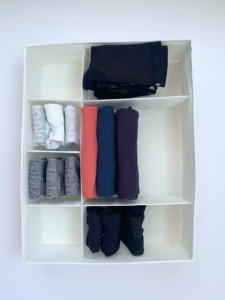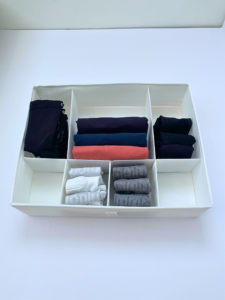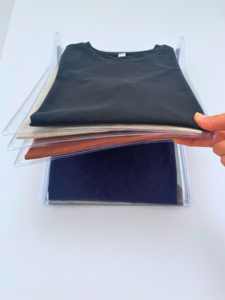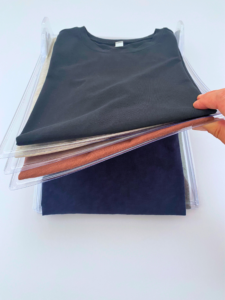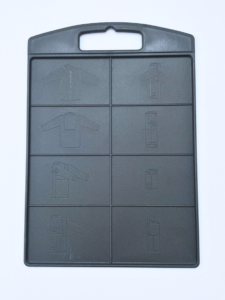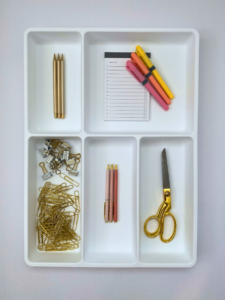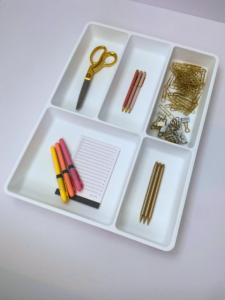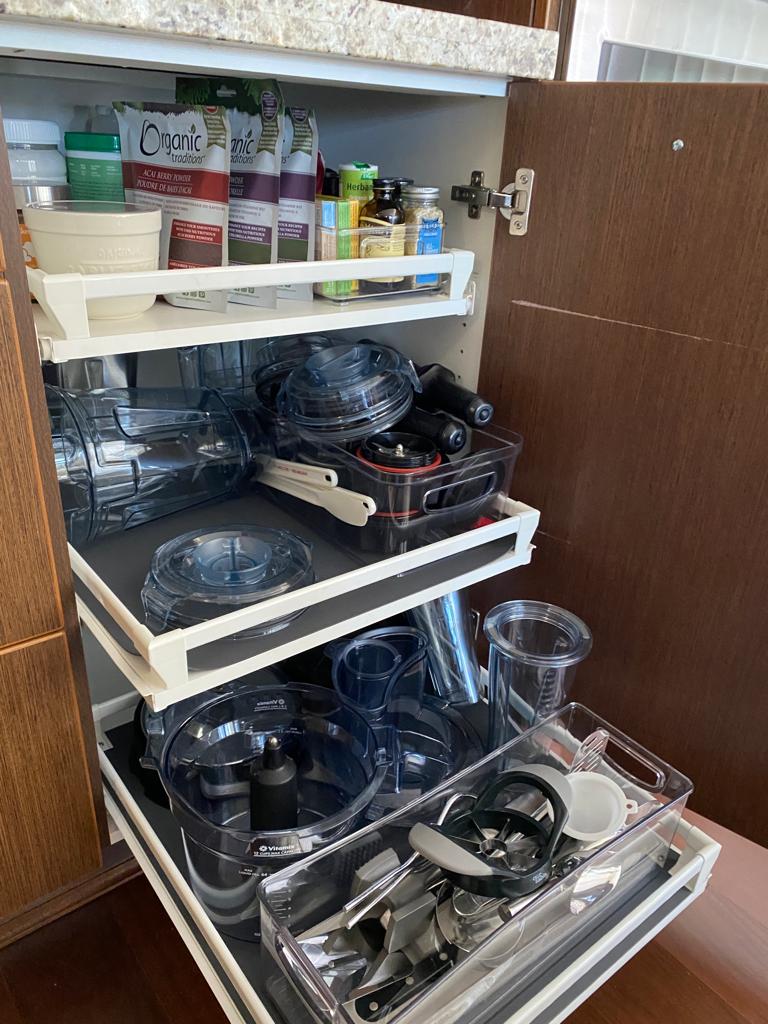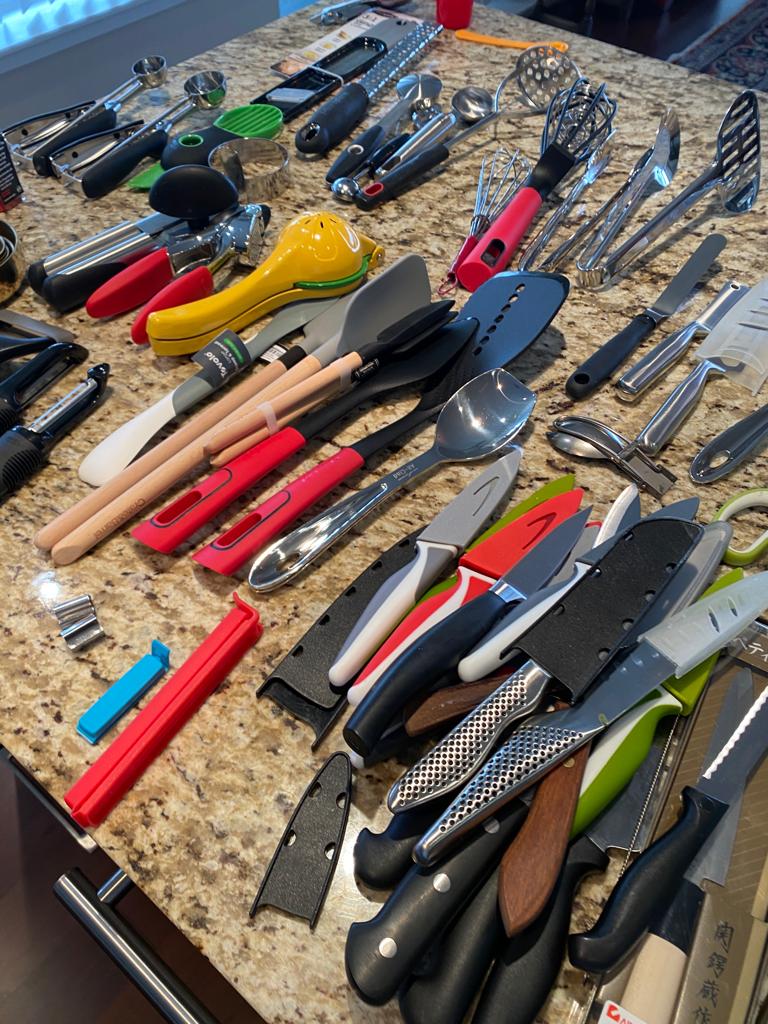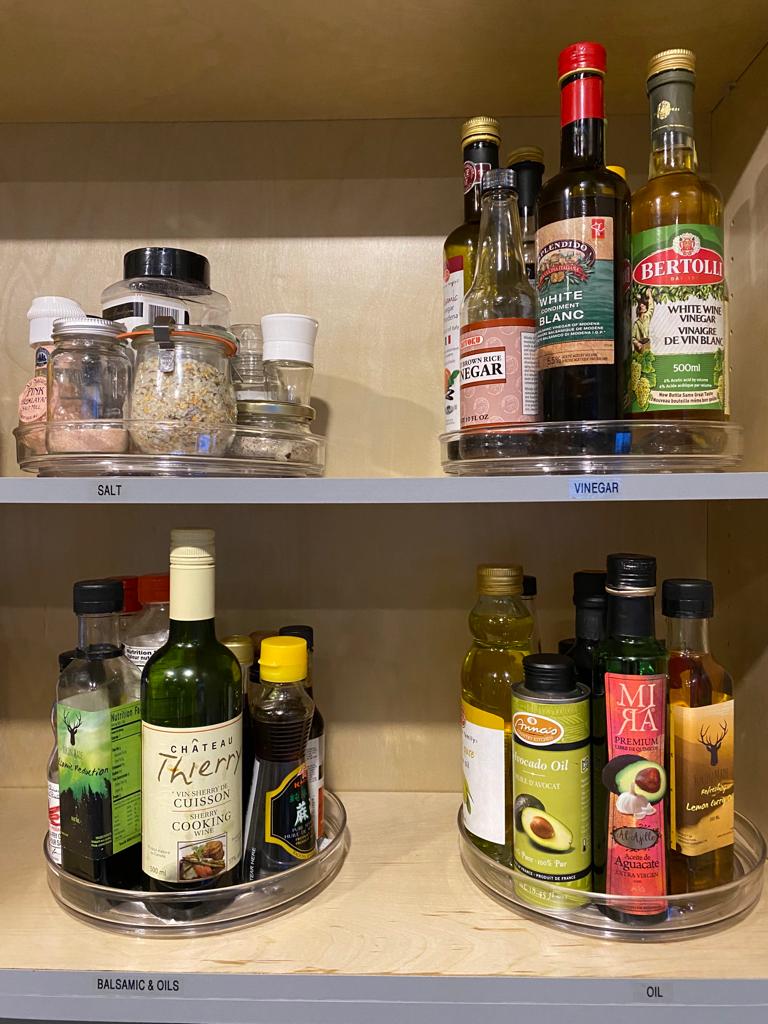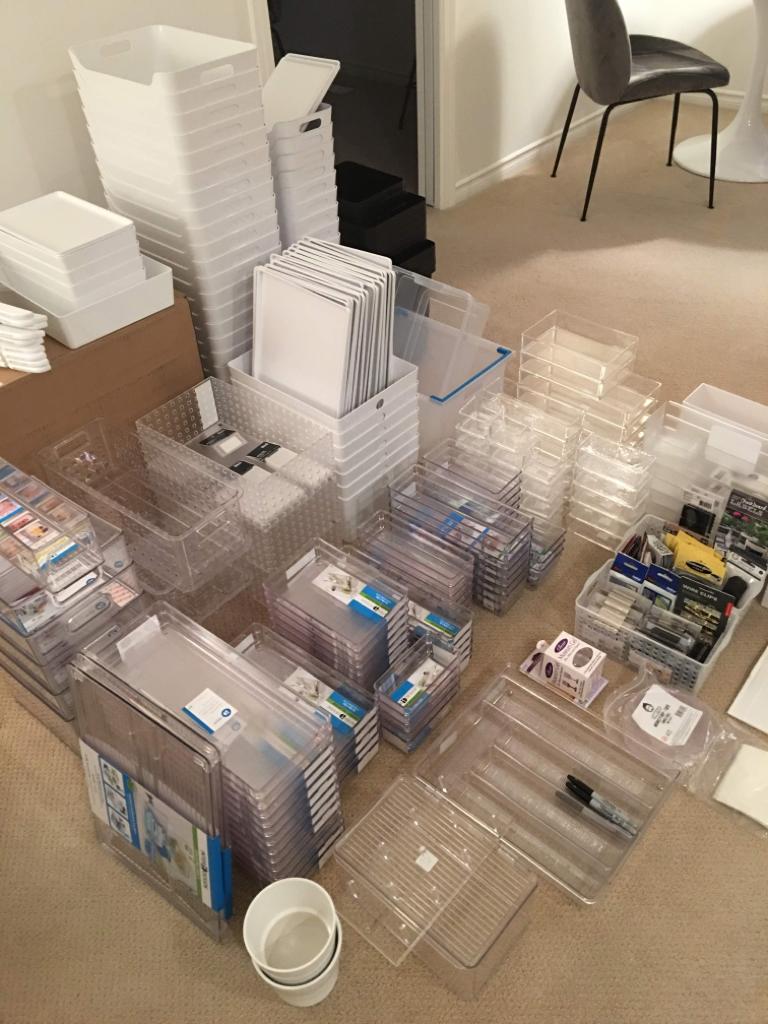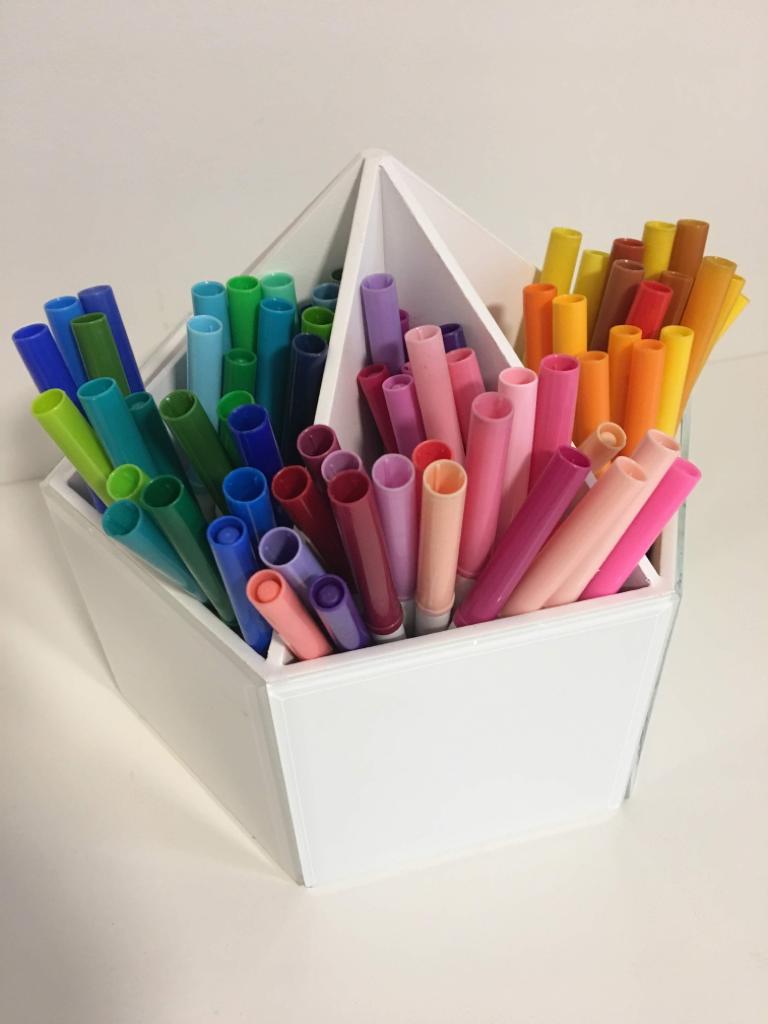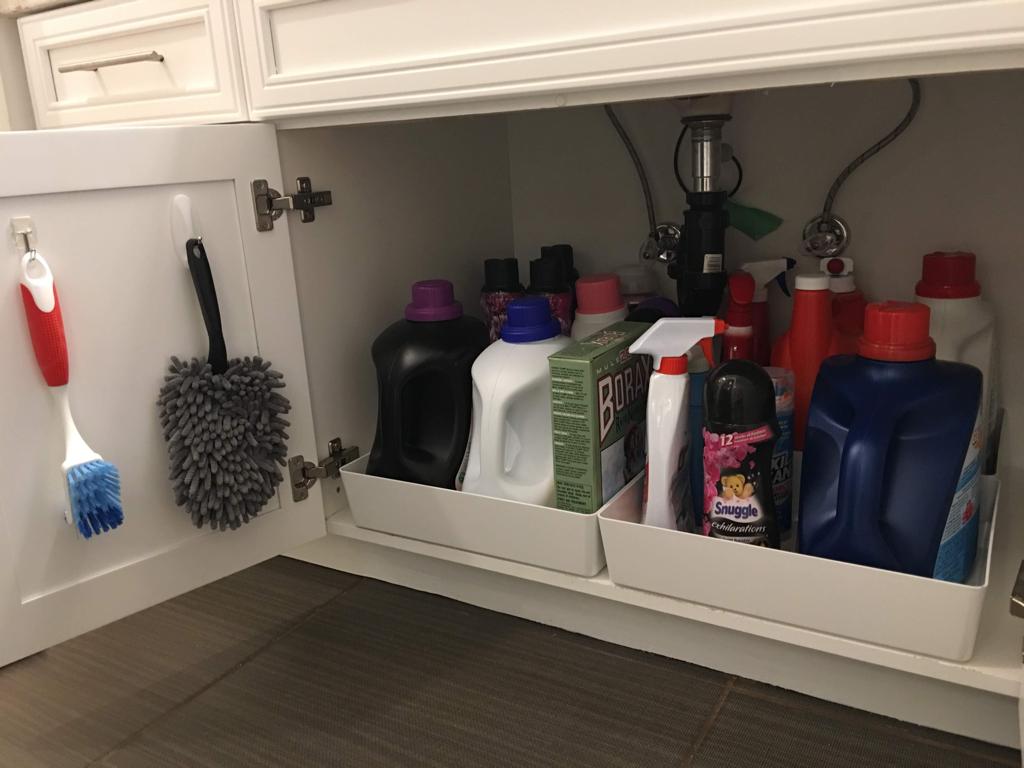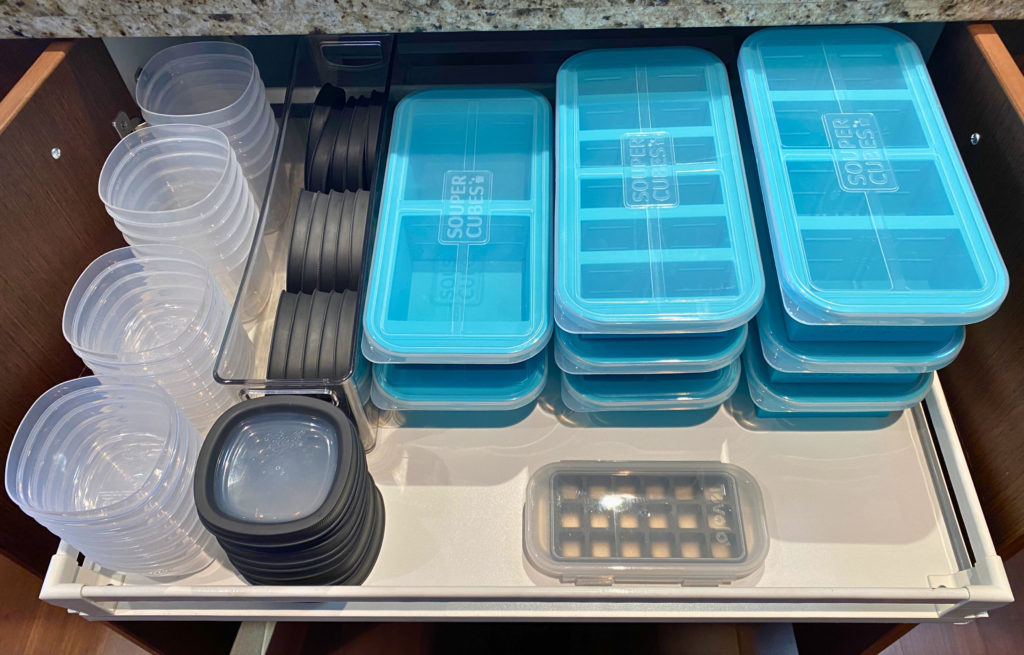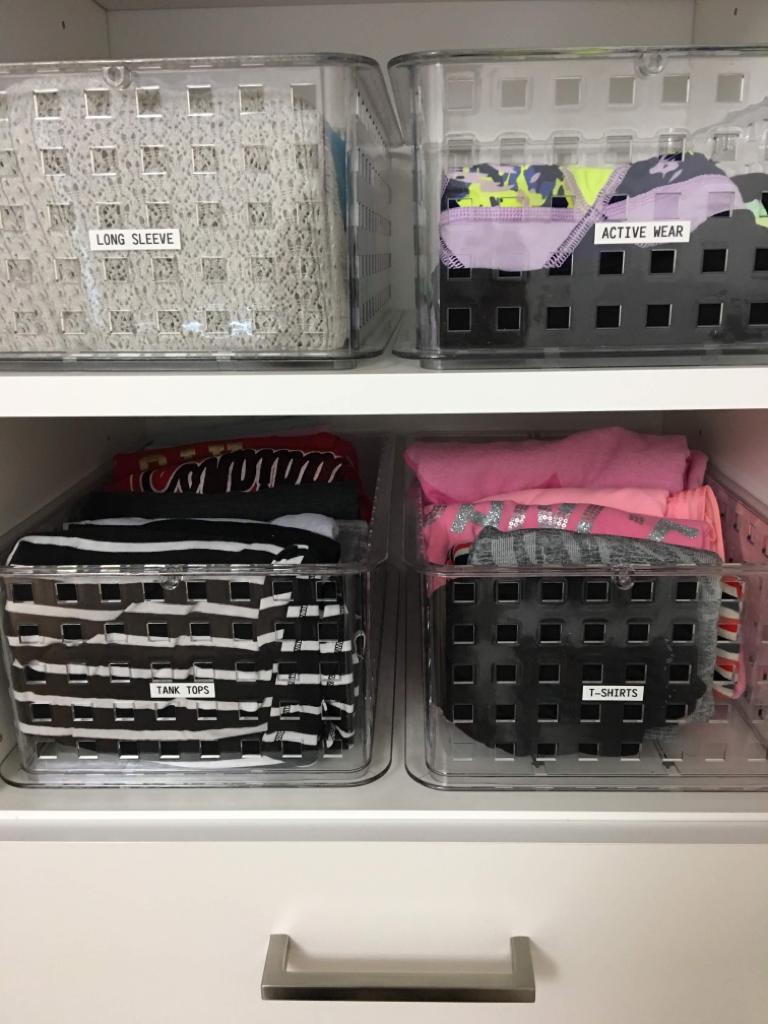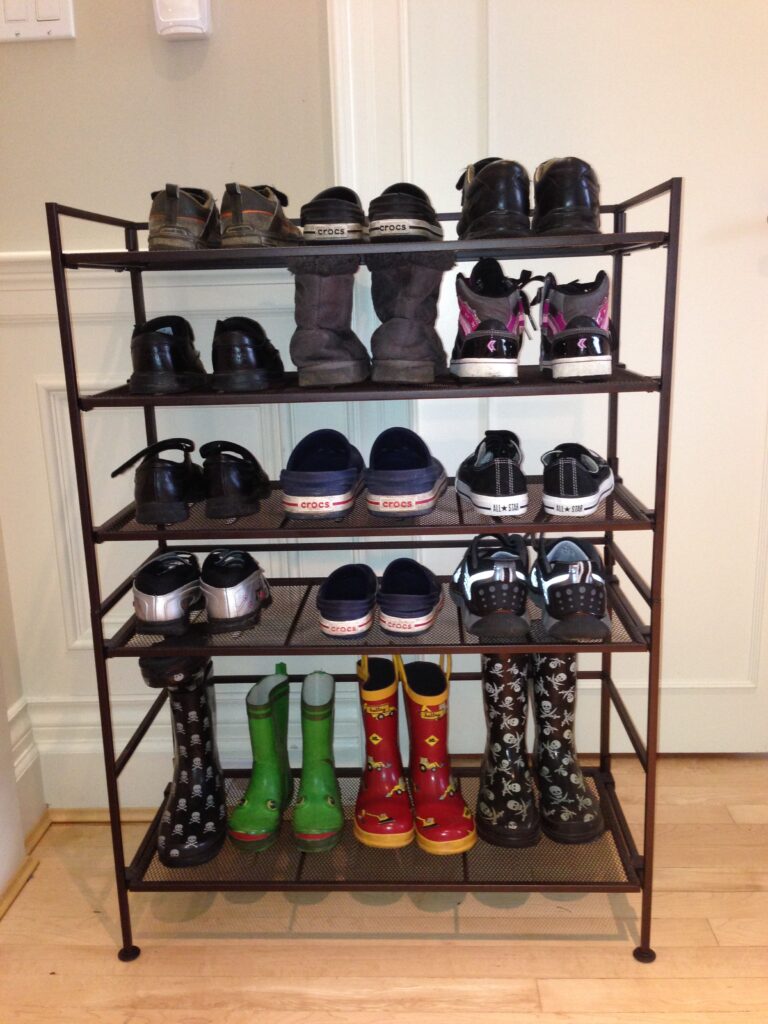
Organizing a small laundry room can seem like a pretty big, intimidating task. But with the right strategies and organizing tools in your belt, you can easily transform it into an efficient, functional space!
Being realistic, organizing a small space takes a lot of thought. There are many aspects to consider when setting up any type of organizing system in a small area.
There’s the challenge of physically fitting all your items, plus making sure they’re all actually accessible, and on top of that, it’s got to look nice too! With a bit of forethought, organizing a small laundry room can be a lot of fun and very rewarding when you put in the right organizing systems.
Let’s get right into these valuable tips and tricks for decluttering, utilizing vertical space, and creating a well-organized laundry room.
And who knows? You might find yourself enjoying your next laundry day! 😉
Organizing A Small Laundry Room
Step 1: Clear the Clutter
The first step in organizing any area is to declutter the space. Remove anything that you don’t need to store here, including; mismatched socks, ragged towels, miscellaneous items that have accumulated over time, and anything else that doesn’t belong in the laundry room.
You’ll want to make sure that you actually get rid of these things. Meaning donating, recycling, or throwing out what you no longer want. It’s important to completely remove these things because if you don’t, there’s a good chance they’ll migrate right back to where you removed them from. By creating a clean slate, you’ll have a better sense of the available space and can start organizing effectively.
The next thing you’ll need to do is assess your vertical space. For this, I’m going to let you in on how I have maximized literally every square inch of my own small laundry room!
Step 2: Embrace Vertical Space
One of the most effective ways to maximize a small laundry room is by utilizing vertical space. I’m a big fan of storage units with adjustable shelving. I can change them as things change over time, and it allows me to use all this vertical space in the closet that might otherwise be wasted.
When you’re buying products for your laundry room, make sure you purchase items that will realistically fit. For example, we have a vacuum in here. One thing I had to consider when vacuum shopping was that there’s no outlet available in the area, so I can’t pick one that requires a wall plug-in. Plus it has to be a certain size for the designated space. So when I’m looking at buying new things, I ask myself, “Is that going to fit in my space?”
If your washer and dryer are side by side, you could also install a shelf above them to take advantage of otherwise unused space. This shelf can hold laundry essentials or even decorative items to add a touch of style to the room.
I like to keep some useful tools for the second level of my home in my small laundry room as well, so I don’t have to make as many trips around the house! In this small tool drawer, I store; batteries, picture-hanging hooks, light bulbs, felt pads for furniture legs, a hammer, a small level, a screwdriver, a flashlight, extension cords, a measuring tape, scissors, a pen, and an exacto knife. Our larger tools are stored in the garage, but these are things that I wanted to have easy access to.
In another section are my extra supplies and bulk items. Things like toilet paper, soap, bulk cleaning products, vacuum parts, garbage bags, plastic zip bags (for travel), extra laundry detergent, extra dryer sheets, clothing hangers, and a small sewing kit.
Step 3: Choose Fitting Products
When purchasing storage containers and products for your small laundry room, always, always, ALWAYS keep the available space in mind! Measure the dimensions of your closet, shelves, and drawers BEFORE you shop for anything to ensure that everything you buy will actually fit into the space. Clear containers work best in these spaces so you can easily identify the contents. And don’t forget to label them for quick access!
Step 4: Placement of Items
Consider the placement of items to enhance convenience and ease of flow in your small laundry room. Position your laundry detergent at a comfortable height. Make sure you won’t have to move anything out of the way to reach it, and that it’s secure enough that it won’t tip or drip. Use a protective liner underneath to prevent any accidental drips from staining your shelving.
Having a small folding step on hand makes a world of a difference, too! Even if you’re on the taller side, there are usually a couple of cabinets or shelves that are hard to open from tippy toes. And when we can’t reach the top shelf, things are simply not going to get put away. The brand I prefer for these is Kickerland, and their step stools come in white, black, or grey. These are very sturdy and very slim to store!
Step 5: Establish a Laundry Routine
Creating an efficient laundry routine can help keep your small laundry room organized and prevent clutter from building up. Set aside specific days for laundry and do your best to stick to that schedule. Set a goal to stay consistent for a month. Then two months. Then six months! Once you’ve developed a consistent habit of doing laundry, an organized small laundry room will soon come as a side effect.
You really can avoid overwhelming piles and maintain a tidier space by doing laundry more regularly!
✨ FREE DOWNLOAD ✨
Laundry Planner
Keep on top of laundry without the overwhelm!
✨ FREE DOWNLOAD ✨
Laundry Planner
Keep on top of laundry without the overwhelm!
In Conclusion…
By implementing these simple strategies in your small laundry room, you’ll be amazed at how much much bigger it will feel! A well-organized space not only makes your laundry routine more efficient but also enhances the overall functionality and aesthetics of the room.
When you can easily access, see, and reach everything you need, life gets a whole lot easier. Since laundry is going to be a part of our weekly schedule for the rest of our lives, this space should be one of the most efficient, am I right?! You got this!
Enjoy your clutter-free, maximized laundry area!
Like this article?
You’ll love this one
50 Things To Declutter Right Now
Don’t know where to start decluttering?
Sign up for my free newsletter so I can send you the best organizing tips and strategies each week.
(and some freebies, too!)


